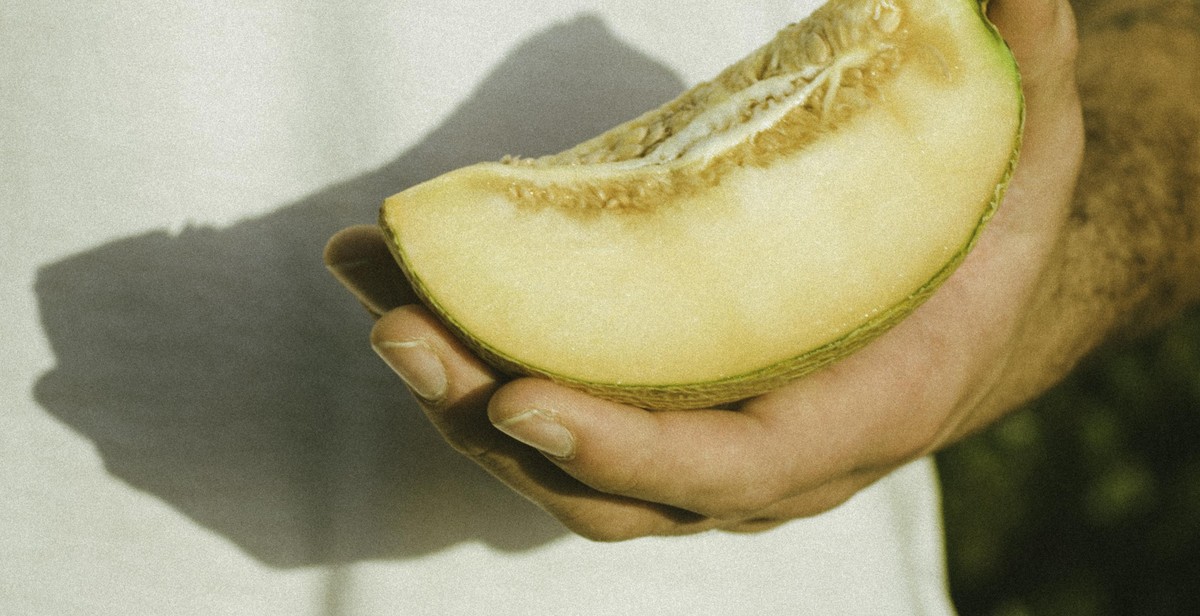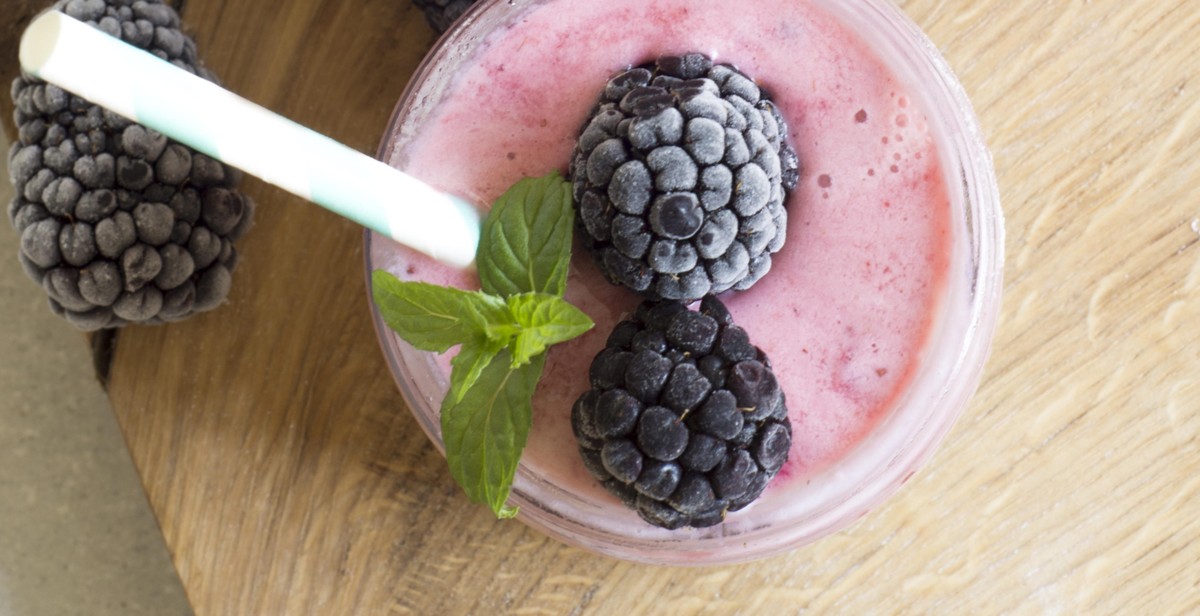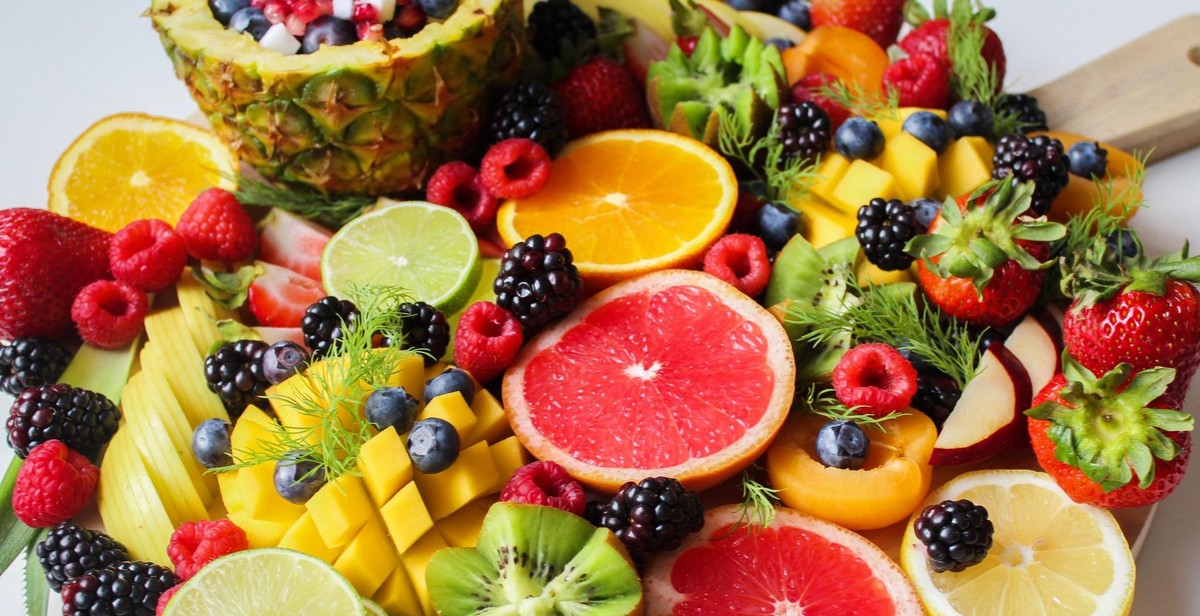How to Choose Ripe Fruits: Tips for Selecting Perfectly Sweet and Juicy Produce
Choosing ripe fruits is an essential part of getting the most out of your produce. Not only are ripe fruits more flavorful and nutritious, but they are also easier to digest. When fruits are picked before they are fully ripened, they may not have developed their full flavor and nutritional profile. Additionally, unripe fruits can be hard on the digestive system, causing discomfort and bloating.
Why Choosing Ripe Fruits is Important
Choosing ripe fruits is important because it ensures that you are getting the best possible flavor and nutritional content from your produce. Ripe fruits are sweeter, juicier, and more fragrant than unripe fruits. They are also easier to digest, making them a healthier option for your body.
Moreover, choosing ripe fruits can also help you save money. When you buy unripe fruits, you may end up throwing away a significant portion of your produce because it never fully ripens. By choosing ripe fruits, you can avoid this waste and make the most of your grocery budget.
With the right knowledge and a few simple tips, choosing ripe fruits can be a breeze. In the following sections, we will explore some of the best ways to select perfectly sweet and juicy produce that is ready to eat.

Tips for Selecting Ripe Fruits
Choosing ripe fruits can be a daunting task, especially if you are not familiar with the fruit’s characteristics. Below are some tips to help you select perfectly sweet and juicy produce:
1. Look for Color
One of the easiest ways to determine if a fruit is ripe is by checking its color. Fruits that are ripe often have bright and vibrant colors. For instance, a ripe banana should have a yellow color with brown spots, while a ripe watermelon should have a deep green color with a dull surface. However, some fruits such as apples, pears, and mangoes may not change color when they ripen. In such cases, you should look for other signs of ripeness.
2. Squeeze the Fruit
Squeezing the fruit gently can tell you a lot about its ripeness. A ripe fruit should feel slightly soft to the touch, but not too mushy. For example, a ripe avocado should yield to gentle pressure when squeezed, while an unripe avocado will feel hard and firm. However, be careful not to squeeze too hard as you may end up bruising the fruit.
3. Check the Stem
The stem of a fruit can also give you an indication of its ripeness. For instance, a ripe pineapple should have a green stem that easily comes off when pulled. On the other hand, an unripe pineapple will have a brown stem that is hard to remove. Similarly, a ripe mango should have a fragrant aroma emanating from its stem end, while an unripe mango will have no smell.
4. Smell the Fruit
The aroma of a fruit can also indicate its ripeness. A ripe fruit should have a sweet and pleasant smell. For example, a ripe cantaloupe should have a sweet and musky aroma, while an unripe cantaloupe will have no smell. However, some fruits such as strawberries and blueberries do not have a strong aroma, so you should rely on other signs of ripeness.
5. Check for Blemishes
Lastly, you should check for any blemishes or bruises on the fruit. A ripe fruit should be free of any major blemishes or soft spots. For instance, a ripe peach should have a firm texture and no bruises or cuts. On the other hand, an unripe peach will be hard and have a greenish hue.
By following these tips, you can easily select ripe fruits that are perfectly sweet and juicy. Remember to store your fruits properly to maintain their quality and freshness.

Fruit Specific Tips for Choosing Ripe Fruits
1. Apples
When selecting apples, look for those that are firm, smooth and free of bruises. The color of the apple should be uniform and bright, without any dull or soft spots. Smell the apple, it should have a fresh scent. If the apple feels heavy for its size, it is likely to be juicy and sweet.
| Color | Ripeness |
|---|---|
| Green | Unripe |
| Yellow/Green | Semi-Ripe |
| Red/Yellow | Ripe |
2. Bananas
Choose bananas that are yellow with a few brown spots. Avoid bananas that are completely brown or green, as they are either overripe or unripe. Gently squeeze the banana to ensure that it is not too firm or too soft. A ripe banana should be firm but also slightly soft to the touch.
3. Oranges
Look for oranges that are firm and heavy for their size. The skin should be smooth and free of blemishes or soft spots. The color of the orange is not always an indicator of ripeness, as some oranges can be ripe even if they are not completely orange. Smell the orange, it should have a sweet fragrance.
4. Pineapples
To choose a ripe pineapple, look for those that have a sweet smell at the base. The leaves should be green and firm, without any brown or dry tips. The skin of the pineapple should be golden yellow, without any green spots. Gently press on the pineapple to ensure that it is not too soft or too hard.
5. Watermelons
When selecting a watermelon, look for those that have a uniform shape and a dull skin. The skin should be free of bruises or cuts. The underside of the watermelon should have a creamy yellow spot, indicating that it has ripened in the sun. Tap the watermelon with your fingers, it should sound hollow. A ripe watermelon should also feel heavy for its size.
- Choose apples that are firm, smooth and free of bruises.
- Choose bananas that are yellow with a few brown spots.
- Choose oranges that are firm and heavy for their size.
- Choose pineapples that have a sweet smell at the base.
- Choose watermelons that have a uniform shape and a dull skin.

Conclusion
Choosing ripe fruits is an important part of enjoying the best flavors and nutrients nature has to offer. With the tips and tricks outlined in this article, you can confidently select perfectly sweet and juicy produce every time you go to the grocery store or farmer’s market.
Remember to Use Your Senses
When selecting ripe fruits, it’s important to use all your senses. Look for vibrant colors, feel for firmness or softness, smell for a sweet aroma, and if possible, taste a small sample. These sensory cues will help you determine whether the fruit is at its peak of ripeness.
Don’t Be Afraid to Ask for Help
If you’re unsure about how to choose ripe fruits, don’t be afraid to ask for help. Farmers, grocers, and produce experts are usually happy to share their knowledge and expertise with customers.
Shop Seasonally
Shopping for fruits during their peak season is a great way to ensure you’re getting the freshest and most flavorful produce. Plus, buying in season often means you’ll be supporting local farmers and reducing your carbon footprint.
Final Thoughts
Choosing ripe fruits can be a fun and rewarding experience. By following the tips and tricks outlined in this article, you’ll be able to select the best produce for your needs and enjoy the delicious flavors and nutrients that nature has to offer.
